Do you ever find yourself daydreaming about leading mountain expeditions for beginners, or hosting guided trail runs for a local club? There are real paths to outdoor leadership which we've been learning about with the help of long-time contributor and mountain leader, Simon James.
Simon now trains up aspiring expedition leaders at Run the Wild, as well as continuing to lead his own trips and appear annually at Love Trails to enlighten festival goers to the joys of trail running. There are few writers with as much expertise as him when it comes to outdoor leadership, so we asked him to share his best advice.
If you want to find a local running community, be sure to sign up to our #Run1000MilesChallenge today!
Expert advice: What to aspire to as an outdoor leader
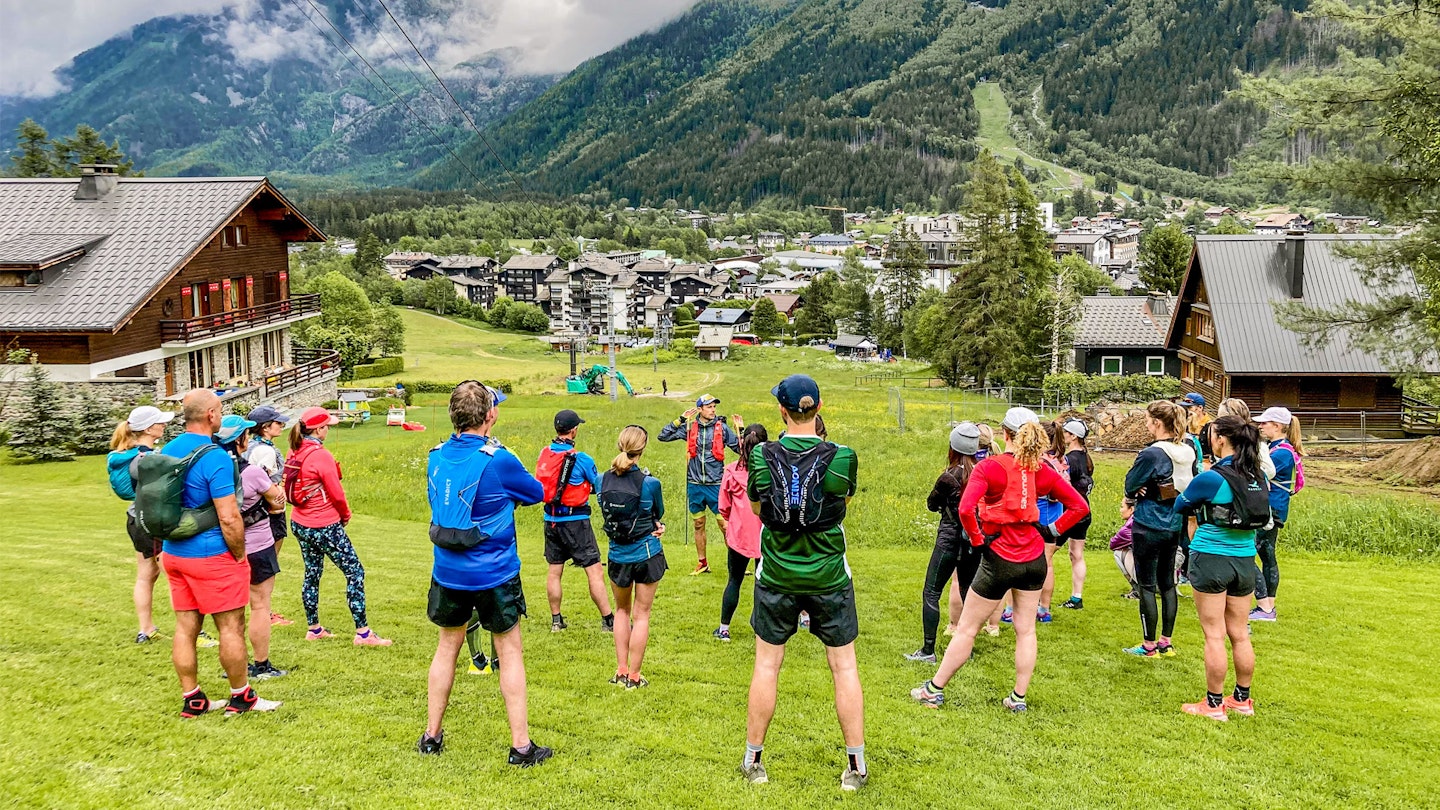
"One of the incredible privileges in this world is to lead... to help a team to achieve its goal and feel that you helped facilitate that achievement. There’s nothing like it. At times it can be stressful, challenge you both physically and mentally, but the satisfaction that comes through the care and attention, combined with wise decision making, is intrinsically rewarding.
In the outdoors, where the world around you swirls in a constantly changing, uncontrollable environment, and where your team maybe outside their comfort zone, that can truly test leadership to the limit, and so with it, provide even greater rewards.
Here is my rundown of why becoming an outdoor leader can be an incredibly rewarding experience as well as what the key elements for being a great leader are.
Leaders are made, not born
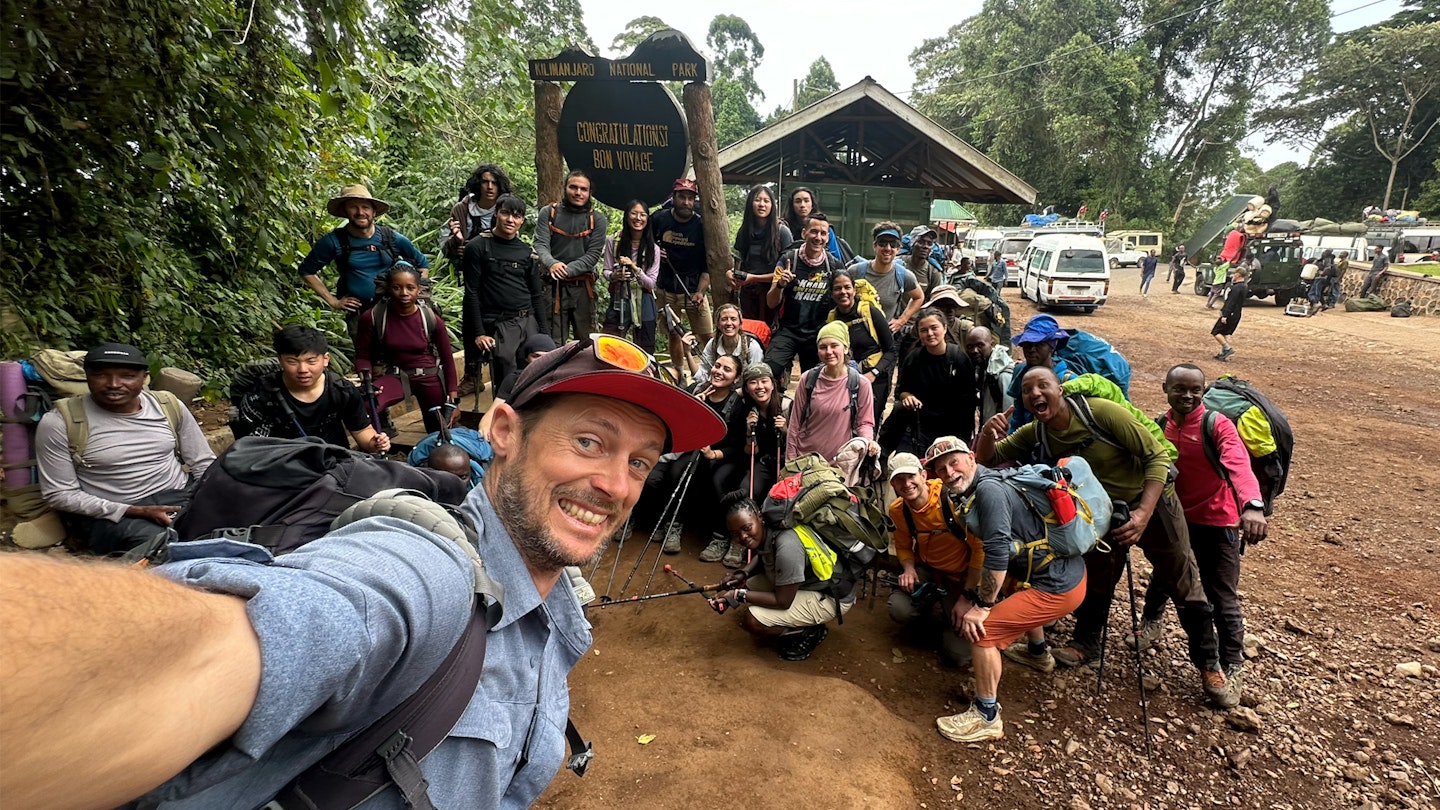
There’s a common misconception in this world, that confidence demonstrates competence, but I’m sure you can easily think of public leaders which counter this reasoning. The first person to speak in a debate, is often the first to be believed, but usually also the least competent. Leaders are not born, they are made. To become a good leader requires training, constant self-appraisal and a lifelong commitment to be open to learning. This is good news, because with proper training and self-reflection, we can all become better and hopefully great leaders.
For years, having worked in a London office I often witnessed poor leadership. This is because those roles are usually filled by either the person being good at their hired role or can shout the loudest when it comes to promotion. Suddenly, they are managing a team, often putting their own desires first, have their insecurities on show, lack communication skills (listening and conveying messages) and sadly lack the support or have the willingness to change.
Why be an outdoor leader
Everyone may have different reason, these are mine. My ‘why’ is two-fold. The primary spark was an expedition to Alaska when I was 17 years old. The organisation was lacking and at times the people skills questionable.
Regardless, it was an expedition that changed my perspective on the world, creating a 180-degree shift in my attitude. It taught me to seize the moment and to make my own luck. Some of the expedition leaders were ill prepared and this has created a point of reflection for me in my own leadership journey. I always remember that experience.
When, I’m standing in front of a group, my first thought is, how can my impression as a leader have a lasting positive impact, and how can I help people on their journey through this experience and help them to grow. For sure they will remember me, but I want it to be for all the good reasons.
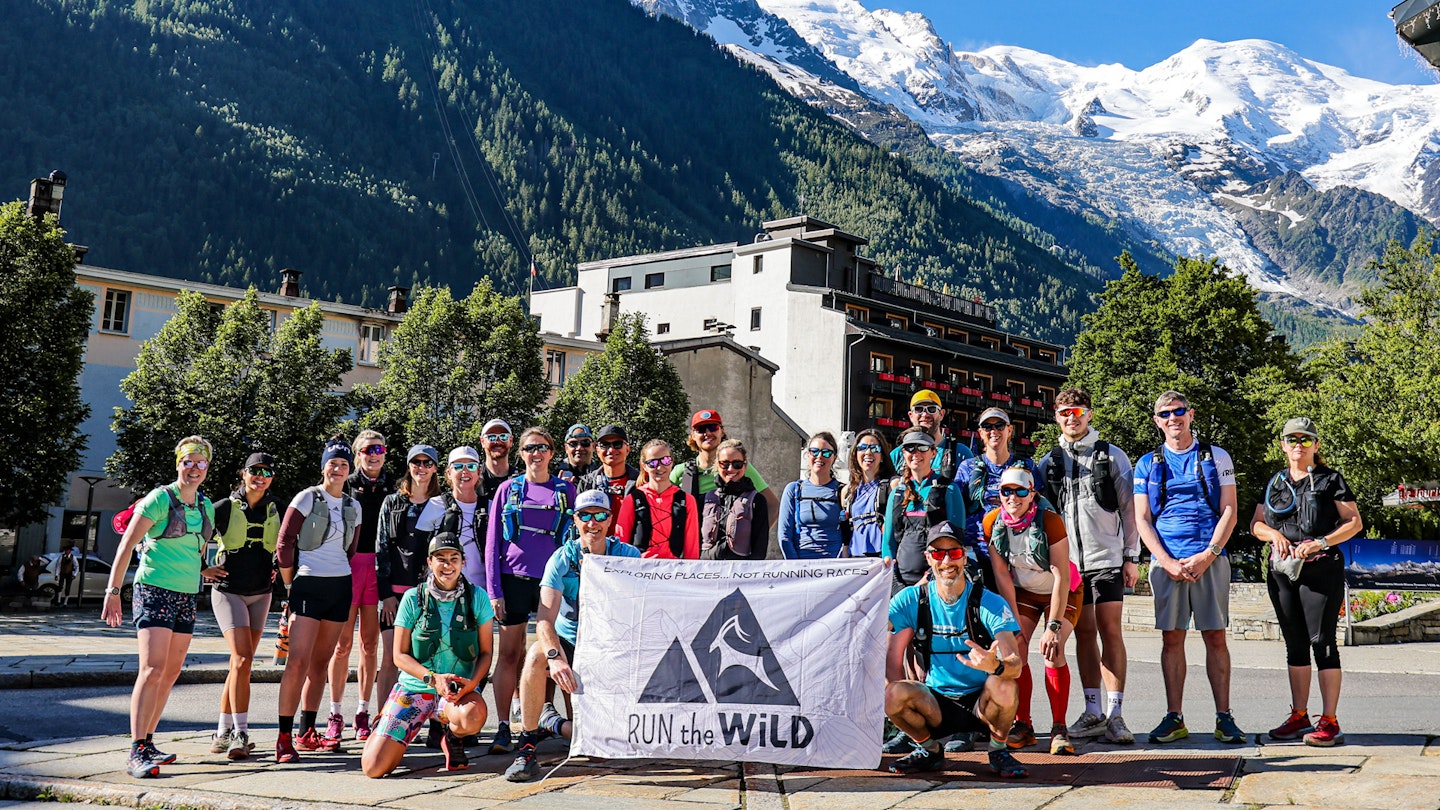
My second reason is the incredible satisfaction I get from being part of someone’s journey in the outdoors. Physically, mentally, emotionally… spiritually, you can have a lasting imprint on someone’s life.
To have the privilege of someone trusting you with their life and goals is big, and seeing them achieve that, is very rewarding. It’s my bigger ‘why’ of why I run and hopefully it’s something I can continue to do long after any personal running objectives are beyond my reach.
How to be a good leader

Over the last 13 years of leading in the outdoors, I’ve learnt so much about myself and people! What makes people tick? 95% of leadership is people skills. How can I motivate people to do what they need to do, to achieve their goals, team goals and keep them safe whilst doing it.
Any coach will tell you, it’s not the running program that’s the challenge, it’s motivating the athlete to do it! What outdoor leaders would term as ‘hard skills’, for example ropework, navigation, first aid etc are essential and the bedrock of keeping people safe, but on a day-to-day basis they’re rarely visible.
What is, is the people skills. If you don’t like dealing with people, for all their foibles, from working as a counsellor to motivating, entertaining, empowering, and everything else in between, then outdoor leadership is not for you!
There is no room for an ego
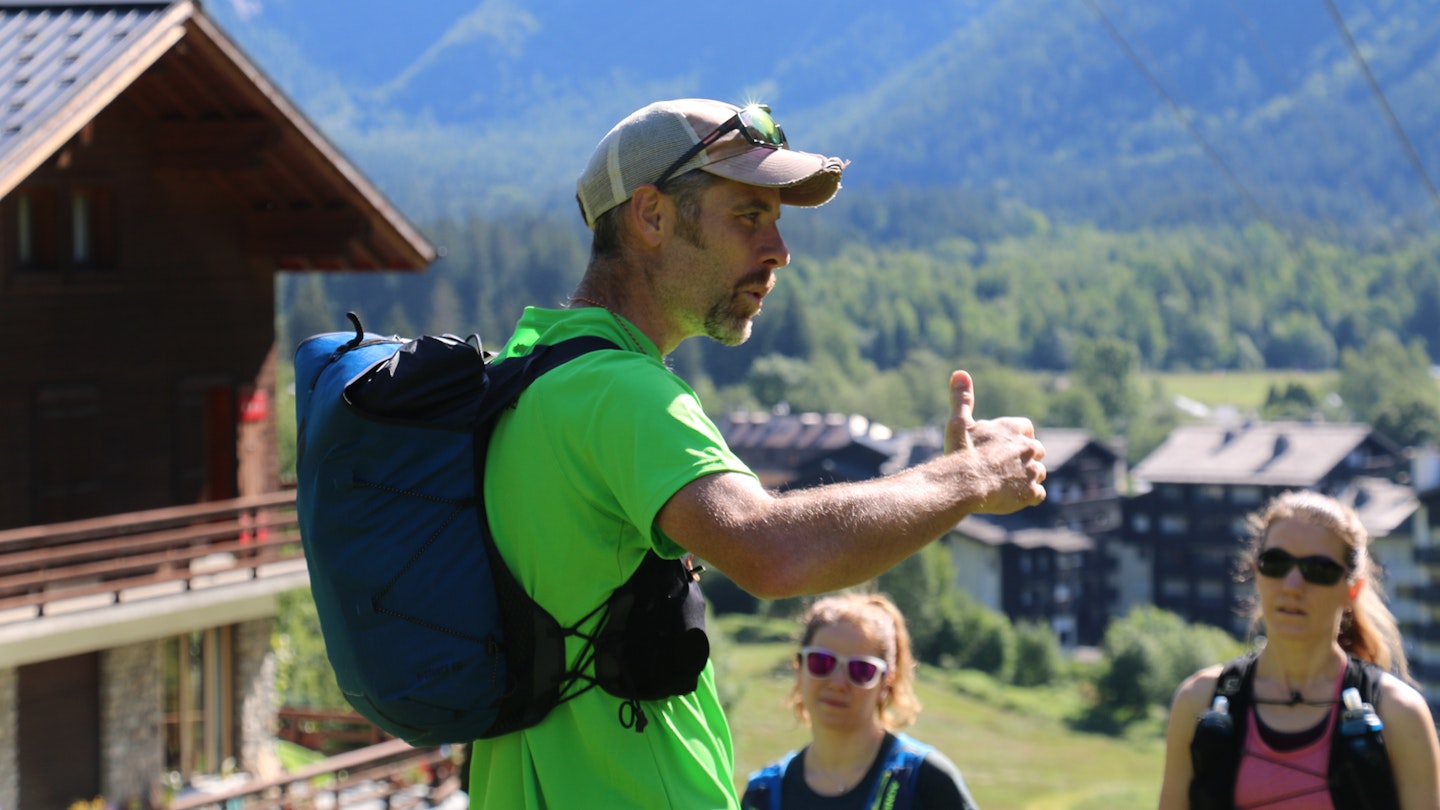
I spent 5 years in the army reserves as an officer, and I really think that Royal Military Academy Sandhurst’s motto ‘Serve to Lead’ sums up what a leader really should be. These words tell you that as a leader, it’s not about you, it’s about the team, their safety, their goals. There is no room for ego in leadership.
However, you do need to be confident, your team needs to trust you. So be under no illusion, it’s hard work, and you’ll never be a finished product.
Leadership is such a huge topic and reaches all parts of life. These are my 5 key areas to focus on should you want to take on this challenge.
1. Technical skills
These are the bedrock of a leader and constantly need to be updated, refreshed and improved. Understand that skill knowledge fades over time. Never be too shy to ask someone for help understanding something. Be honest with yourself, what do you know, and what don’t you know. Don’t forget to read up on the technical skills required for your role, don’t get caught out by things you didn’t know you should know! Taking on one of the courses, like the Mountain Leader scheme is a great start.
2. People skills
Think of an Olympic mogul skier. From the waist up their body is stable and unwavering, their legs moving around at crazy speeds. All those hard skills, mountain sense, including fitness, those are your legs, constantly adapting to the environment. Leaving your head to focus on the people and the big picture, the 95% of the role. If you are struggling with the technical skills, you’ll miss the bigger picture. Remember you need to be able to work with individuals and groups.
3. Risk management
Actively risk manage the group, yourself and the environment always, before, during and after the trip. This includes thorough pre-trip planning. Good leaders don’t wing it. Have plenty of options for changing the plan.
Brief people on their environment, the plan, the risks, people hate surprises, (only cakes and presents are good ones) and most accidents are avoided by switching people’s focus onto a hazard, through regular briefings.
Develop your mountain / outdoor sense. The primary objective of any outdoor group is to be safe, even if it means staying at home! What’s your emergency plan, do you have adequate first aid experience and equipment. Do you need to spend more time honing this before standing in front of a group?
4. Role model
How do you behave, what do you wear, what’s communication style? Is it appropriate, adaptable, open, inclusive, professional, personable, confident, engaging? We all have aspects of our lives we can improve upon but be the best you can to those around you as well as your peers. Treat others, the planet and yourself with respect and you’ll be a great role model.
5. Decision making
You are the leader! You need to be prepared and want to make those decisions. Prioritising safety, second fun and then those objectives that brought the group together in the first place, plays into that decision making.
My top tips here are, take a 5 second breath before making any decision, no matter how urgent. Assess the situation, put yourself in a position where you can allocate roles and put your team members in their most effective roles, use resources effectively and think through the different outcomes before acting.
It’s ok, and often good to talk through with the group how you have come to make that decision. It’s also ok to change your plan if new information appears, or you realise it’s the wrong decision. The worst decision is not making a decision!
My bonus tip is to always be open for improvement, you are never a finished product.
Remember leaders are not leading until things get tough! As a leader you can’t walk away from a problem, stay in bed when it gets stressful or if you are feeling a bit tired. You have to get out there and lead, push your own ambitions at the bottom of the pile, often emotions too.
Something incredible happens when you do this though, you become a force for good in the world and there is nothing more rewarding than helping someone achieve their potential.
Meet the expert
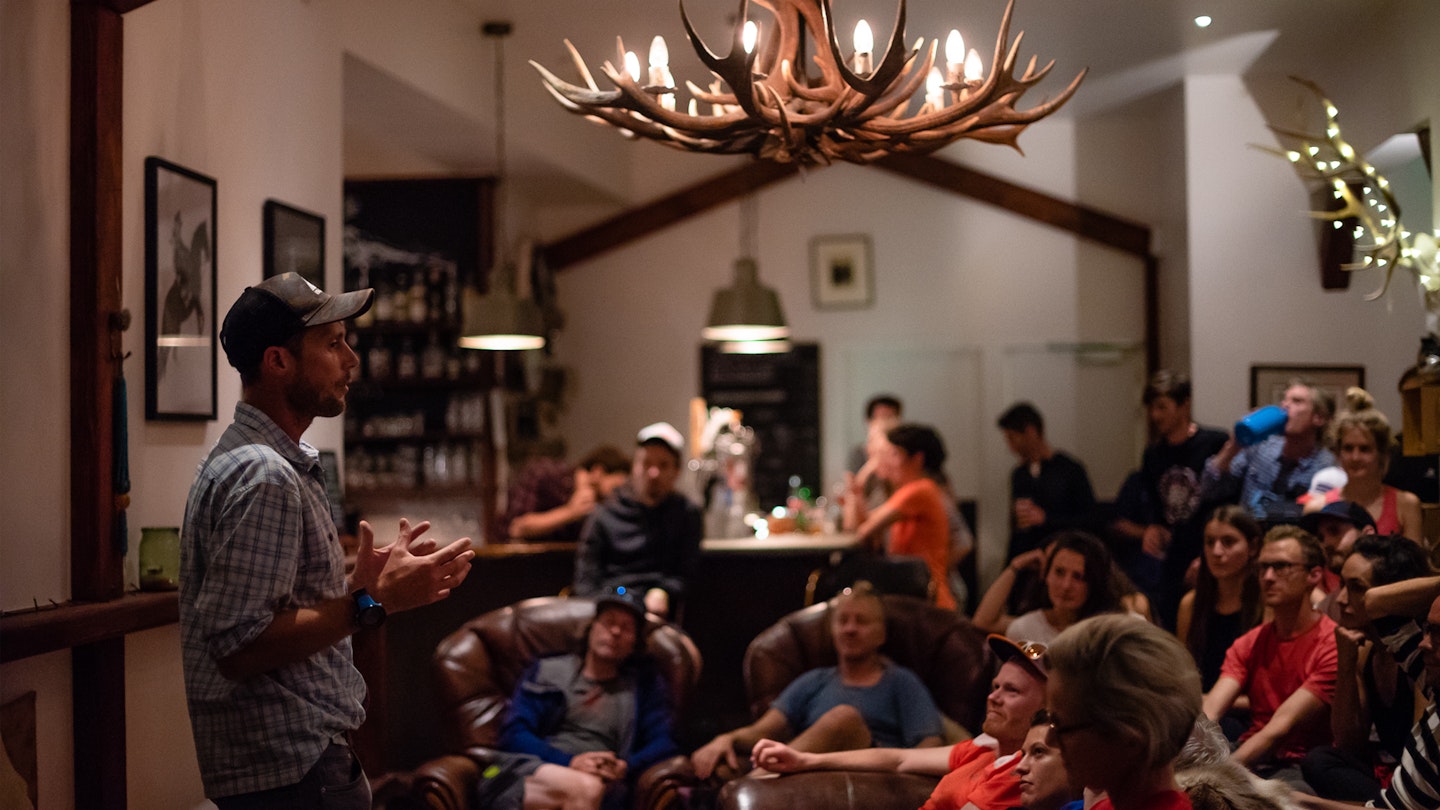
Long-time LFTO contributor and mountain leader Simon James is your expert for today's top tips. Simon is also the founder of Run the Wild, who run events from local 10Ks up to weekend trail running experiences in the Alps. Definitely check them out if you're looking for your next trail running adventure.
